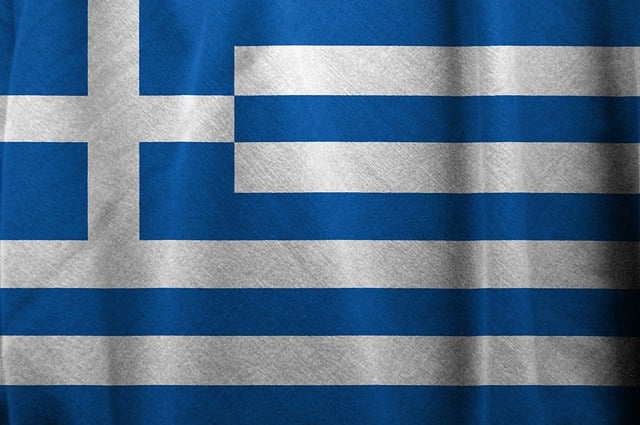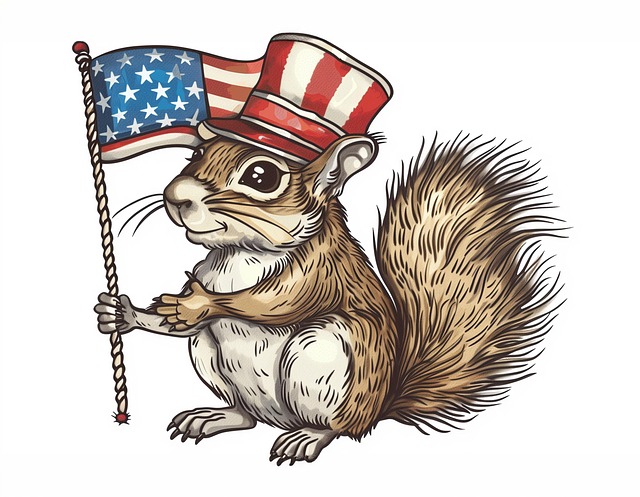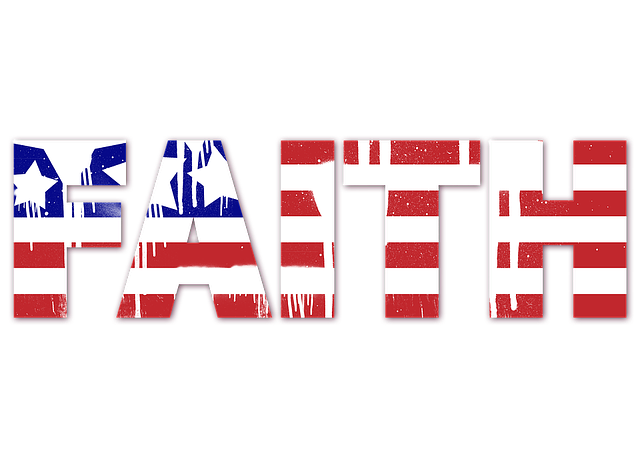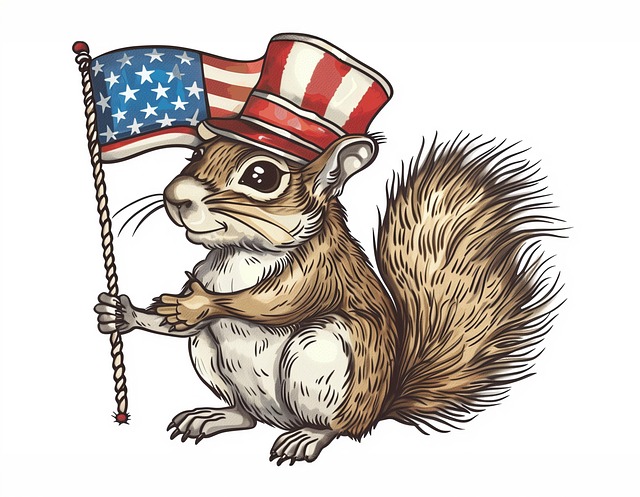The American Flag and Peace Sign, enduring symbols in American culture, have evolved alongside societal changes, representing freedom, national unity, peace, and activism. Together, they encapsulate a powerful message of hope, harmony, and shared ideals across generations and cultural barriers, fostering a sense of belonging and solidarity within the diverse American landscape.
The American Flag and the peace sign, iconic symbols with distinct histories, have transcended their individual meanings to become powerful emblems of hope and national unity. This article explores these universal representations, tracing their evolution within American culture. From their separate origins to their unexpected alliance, we delve into how the American Flag and peace sign unite communities, foster resilience, and remain relevant in modern times.
- Historical Context: The Evolution of Symbols in American Culture
- Uniting a Nation: The Power of the American Flag
- Peace as a Universal Language: Decoding the Peace Sign
- Integrating Symbols: When the Flag and Peace Sign Collide
- Modern Relevance: How These Symbols Foster Community and Resilience
Historical Context: The Evolution of Symbols in American Culture

In the historical context of American culture, symbols have evolved to reflect shifting societal values and ideals. The American Flag, a timeless emblem of national unity and freedom, stands as one such powerful symbol. Over time, its design has remained largely unchanged, but its meaning has been continually reinterpreted. From the stars and stripes that represent the original colonies to the current 50 states, the flag serves as a tangible connection to America’s history and aspirations.
Alongside the American Flag, another iconic symbol emerged during the counterculture movement of the 1960s: the peace sign. This universal gesture for peace and harmony became a powerful tool for social and political activism. The simple yet profound design of the peace sign resonated with folks across generations, transcending borders and languages as a call for unity and non-violence. Together, these two symbols—the American Flag and the Peace Sign—embody different eras’ aspirations for peace, freedom, and national solidarity in the ever-evolving landscape of American culture.
Uniting a Nation: The Power of the American Flag

The American Flag, with its iconic stars and stripes, serves as a powerful symbol of hope and national unity. More than just a piece of cloth, it represents the ideals and values that have shaped the United States. When flown proudly, it evokes a sense of belonging and shared purpose among citizens from diverse backgrounds. The image of the American Flag is often intertwined with symbols of peace, such as the universal peace sign, reinforcing its association with harmony and understanding.
In times of crisis or division, the American Flag becomes an inclusive beacon that brings people together. It encourages a sense of camaraderie and patriotism, reminding everyone of their shared history and aspirations. This unity is amplified during national holidays and celebrations when communities gather to honor the flag, fostering a profound connection to the nation and its ideals. The American Flag, with its enduring legacy and universal appeal, continues to inspire hope for a better future and solidify its place as a symbol of national unity.
Peace as a Universal Language: Decoding the Peace Sign

Peace, as a universal concept, transcends cultural and linguistic barriers. The American Flag Peace Sign, often seen as a symbol of hope and national unity, is one such powerful representation. This iconic hand gesture, with its index and middle fingers extended while the rest are curled, has become an internationally recognized emblem for peace. It’s not just a sign but a language in itself, conveying a message of harmony, understanding, and solidarity among people from diverse backgrounds.
The peace sign’s history dates back to the 1960s during the anti-war movement, where it became a rallying symbol against violence and conflict. Since then, its significance has evolved, representing not just an absence of war but also positive forces like equality, love, and environmental protection. The universal appeal of this sign lies in its simplicity and the emotion it evokes; it’s a silent yet potent declaration that connects individuals across borders, cultures, and generations, making it a true symbol of global unity.
Integrating Symbols: When the Flag and Peace Sign Collide

In a powerful fusion of symbolism, the integration of the American Flag and the peace sign creates a compelling message of hope and national unity. This unique blend represents a nation’s ability to embrace diversity while maintaining a strong sense of shared identity. The bold red, white, and blue stripes of the flag intertwine with the iconic circular design of the peace sign, symbolizing harmony and tranquility within a vibrant tapestry of cultures.
The American Flag, a longstanding symbol of freedom and patriottism, meets its peaceful counterpart, often associated with anti-war movements and universal brotherhood. When these two powerful emblems collide, they convey a message that transcends political boundaries, suggesting that unity can be found in our shared humanity and desire for peace. This collision of imagery encourages a dialogue about the importance of understanding, acceptance, and collective efforts towards a more harmonious society.
Modern Relevance: How These Symbols Foster Community and Resilience

In today’s diverse and often divided society, symbols carry immense power in uniting communities and fostering a sense of resilience. The American Flag and the Peace Sign, though seemingly contrasting, have both evolved to become powerful emblems of hope and unity. The flag, with its vibrant red, white, and blue, represents the diversity and freedom that America stands for, serving as a reminder of the country’s shared values and history. On the other hand, the iconic Peace Sign, with its simple yet profound design, has transcended cultural boundaries, symbolizing universal harmony, love, and anti-war sentiments.
These symbols find their modern relevance in community gatherings, protests, and social movements where they act as unifying forces. Whether it’s a flag-waving parade celebrating national pride or a peaceful rally advocating for change, these emblems encourage people from all walks of life to come together, fostering a sense of belonging and solidarity. They provide a visual representation of shared aspirations for peace, unity, and progress, reinforcing the idea that despite differences, there is common ground on which to build a stronger, more resilient community.
